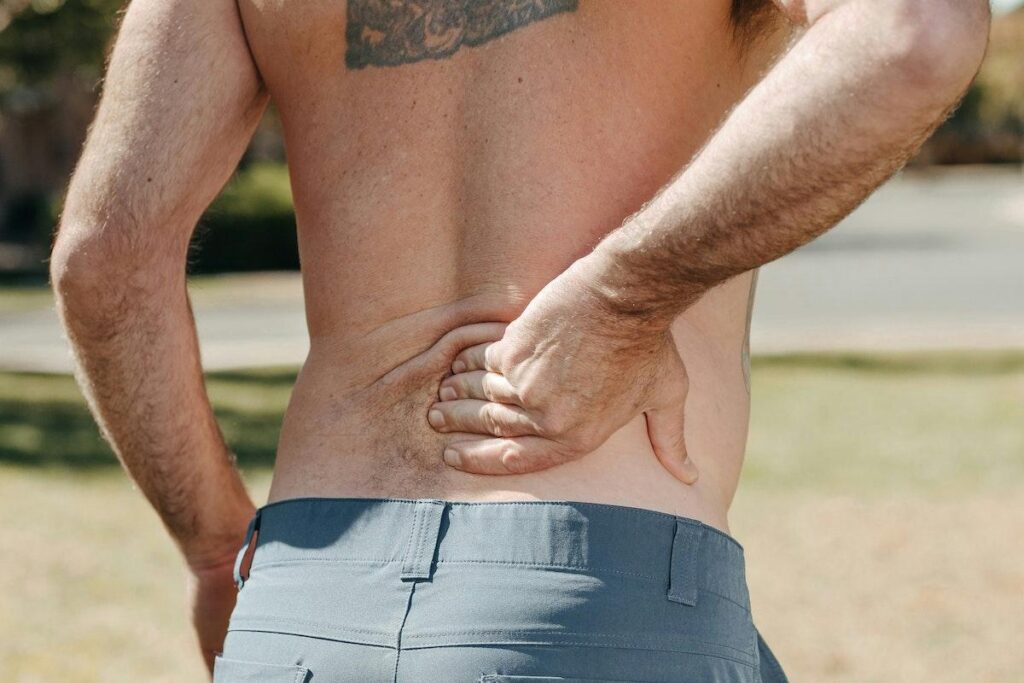
Introduction
Welcome to our comprehensive guide on hip impingement, a condition that can restrict your mobility and cause discomfort in your hip joint. In this blog post, we’ll delve deep into the world of hip impingement, providing you with valuable insights into its causes, symptoms, treatment options, and how WildHawk Physical Therapy can help you regain your freedom of movement.
Exploring the Condition
Let’s begin by exploring the intricacies of hip impingement. This condition, also known as femoroacetabular impingement (FAI), occurs when there is abnormal contact between the bones of the hip joint during movement. This contact can result in pain, limited range of motion, and even cartilage damage. Hip impingement typically develops due to structural abnormalities in the hip joint.
Understanding the Anatomy
To understand hip impingement better, let’s delve into the anatomy of the hip joint. The hip is a ball-and-socket joint where the head of the femur (thigh bone) fits into the acetabulum (socket) of the pelvis. In a healthy hip joint, there is enough space between the bones to allow for smooth movement. However, in cases of hip impingement, this space is reduced, leading to friction and discomfort.
Recognizing the Symptoms
Hip impingement can manifest through various symptoms, and its severity can vary from person to person. Common signs and symptoms include:
- Hip Pain: Discomfort or pain in the groin area, which may radiate to the hip or thigh.
- Decreased Range of Motion: Difficulty in performing activities that involve hip movement, such as bending, squatting, or twisting.
- Stiffness: Feeling of tightness or stiffness in the hip joint, especially after periods of inactivity.
- Pain with Activity: Pain that worsens with physical activities like walking, running, or climbing stairs.
- Clicking or Snapping: Some individuals may experience clicking or snapping sensations in the hip joint.
The Vital Role of Physical Therapy

When dealing with hip impingement, physical therapy plays a pivotal role in both management and recovery. Here’s how it can make a difference:
Comprehensive Evaluation
A skilled physical therapist will start by conducting a thorough evaluation of your hip joint. This assessment helps identify the specific factors contributing to your impingement, such as the type of impingement (CAM or Pincer), muscle imbalances, or movement patterns.
Tailored Treatment Plan
Once your hip impingement is understood, your physical therapist will design a personalized treatment plan. This plan may include:
- Manual Therapy: Hands-on techniques to address muscle tightness, joint stiffness, and improve hip mobility.
- Strengthening Exercises: Targeted exercises to strengthen muscles around the hip joint, providing better support and stability.
- Range of Motion Exercises: Specific movements to enhance hip joint flexibility and restore natural motion.
- Functional Training: Activities that mimic your daily movements to improve overall function and reduce the risk of re-injury.
- Education: Valuable insights into your condition and strategies to prevent future hip impingement.
The Importance of Early Intervention
Early diagnosis and intervention are crucial when dealing with hip impingement. The longer the condition goes unaddressed, the greater the risk of cartilage damage and long-term joint issues. Seeking professional help early can make a significant difference in your recovery.
Pain Management Strategies

Effective pain management is essential in your journey to regain freedom of movement. While physical therapy plays a central role, here are some strategies to help alleviate pain:
- Rest: Give your hip joint time to recover by avoiding activities that exacerbate your symptoms.
- Medication: Over-the-counter pain relievers, as recommended by your healthcare provider, can help manage pain and inflammation.
- Ice and Heat: Applying ice or heat to the affected area can provide relief. Ice helps reduce inflammation, while heat can relax tight muscles.
- Assistive Devices: Depending on your condition, your physical therapist may recommend assistive devices like crutches to reduce stress on the hip joint during activities.
- Gentle Stretching: Follow a regimen of gentle stretching exercises to improve flexibility and reduce muscle tension.
Returning to an Active Lifestyle
Regaining your freedom of movement is a priority, and with the right guidance and care, it’s possible to return to your active lifestyle. Your physical therapist will work with you to set achievable goals and milestones throughout your treatment.
Preventing Future Episodes
Prevention is key to ensuring that hip impingement does not recur. Here are some strategies to consider:
- Proper Movement Mechanics: Learn proper movement techniques to avoid placing excessive stress on your hip joint during activities.
- Strength Maintenance: Continue with exercises and strength training to keep the muscles around your hip joint strong and supportive.
- Regular Checkups: Schedule periodic checkups with your healthcare professionals to monitor your hip health and address any emerging issues proactively.
Conclusion
Hip impingement can be a challenging condition, but it doesn’t have to define your life. WildHawk Physical Therapy located in Asheville, NC is here to support you in your journey to regain freedom of movement and live an active, pain-free life.
If you’re experiencing hip pain or suspect hip impingement, don’t hesitate to reach out to us. Our team of experts is dedicated to providing you with personalized care and a tailored treatment plan designed to address your unique needs and goals.
Your well-being and mobility are our top priorities, and we’re committed to helping you achieve the freedom of movement you deserve.
Frequently Asked Questions:
- What causes hip impingement?
Hip impingement is often caused by structural abnormalities in the hip joint, such as extra bone growth or misshapen hip bones. - Is surgery necessary for hip impingement?
In many cases, conservative treatments like physical therapy can effectively manage hip impingement. Surgery may be considered in severe cases or when conservative treatments are unsuccessful. - How long does it take to recover from hip impingement with physical therapy?
Recovery time varies depending on the severity of the impingement and individual factors. Your physical therapist will work with you to create a timeline for your recovery based on your progress.








